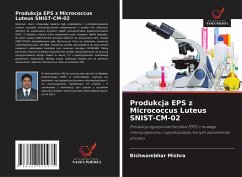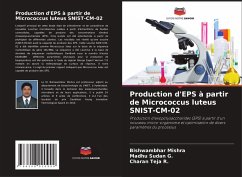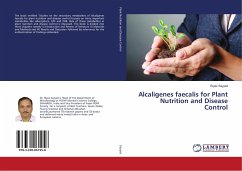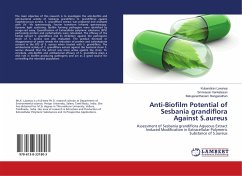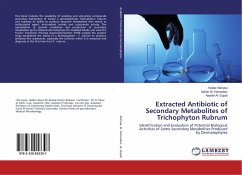
Production of EPS from Micrococcus Luteus SNIST-CM-02
Exopolysaccharide(EPS)Production from a Novel Microorganism and It's Optimization of Various Process Parameters
Versandkostenfrei!
Versandfertig in 6-10 Tagen
24,99 €
inkl. MwSt.

PAYBACK Punkte
12 °P sammeln!
The main focus of this study was to screen and characterize novel microbial strains isolated from culinary leaf samples, capable of producing high concentrations of Exopolysacharides (EPS). Five isolates were screened from the phylloplane of different plants. The results revealed that one strain (SNIST-CM-02) had the capability to produce EPS. This SNIST-CM-02 strain was identified as Micrococcus lutes based on the nucleotide sequence 16srRNA gene. The sequence was submitted to the GenBank Nucleotide sequence database with Accession No: KX261689 . Different physical parameters for the biopolym...
The main focus of this study was to screen and characterize novel microbial strains isolated from culinary leaf samples, capable of producing high concentrations of Exopolysacharides (EPS). Five isolates were screened from the phylloplane of different plants. The results revealed that one strain (SNIST-CM-02) had the capability to produce EPS. This SNIST-CM-02 strain was identified as Micrococcus lutes based on the nucleotide sequence 16srRNA gene. The sequence was submitted to the GenBank Nucleotide sequence database with Accession No: KX261689 . Different physical parameters for the biopolymer production were optimized by the Design Expert Version 7.0 software implementing Response surface methodology. To the best of our knowledge, this the first report that Micrococcus lutes can be able to produce the EPS.






